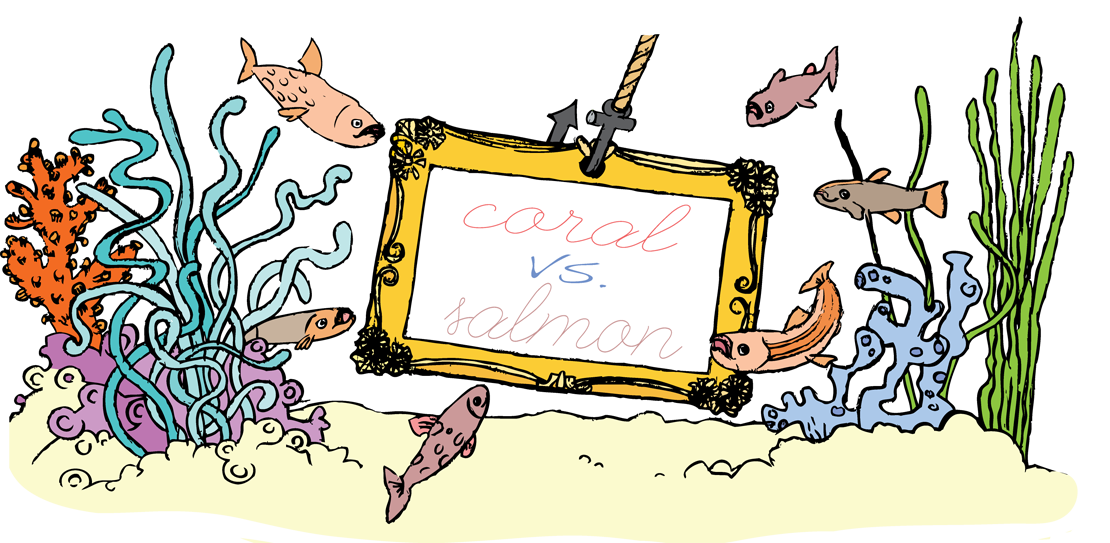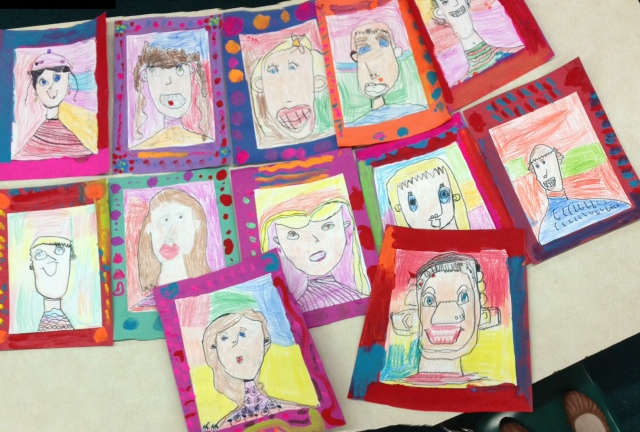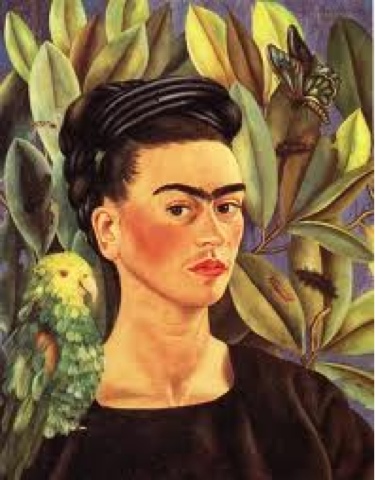Learning Objective-----> Activity-------> Assessment
trajectory is a logical thought process to me. They have a great "Lesson Building by Grade" which I find very helpful which you can access by clicking here.
 Below are a few of the big ideas that I used to teach my Kindergarteners the basics of portraiture.
Below are a few of the big ideas that I used to teach my Kindergarteners the basics of portraiture.1) Learning Objective: Students learn about the life and work of an artist and speculate about his or her artistic intention in a given work.
Activity: Through guided looking, students learn about the life and portraiture of Frida Kahlo by viewing her iconic "Portrait with Bonito." Students then examine "Self-Portrait with Bandaged Ear" by Vincent Van Gogh and speculate about his artistic intention.
 Assessment: Students can formulate a theory about why a single element or image is included in a work of art and support their theory either with information from the artist's biography, or information found in other works of art by the same artist.
Assessment: Students can formulate a theory about why a single element or image is included in a work of art and support their theory either with information from the artist's biography, or information found in other works of art by the same artist.2) Learning Objective: Students identify and categorize art into different genres and categories.
Activity: Students work in groups to sort a deck of art print cards into portrait and non-portrait categories.
Assessment: Students who can accurately sort their card piles demonstrate a thorough understanding of the portrait genre. Students who successfully sort less than half of the card deck need more practice.






